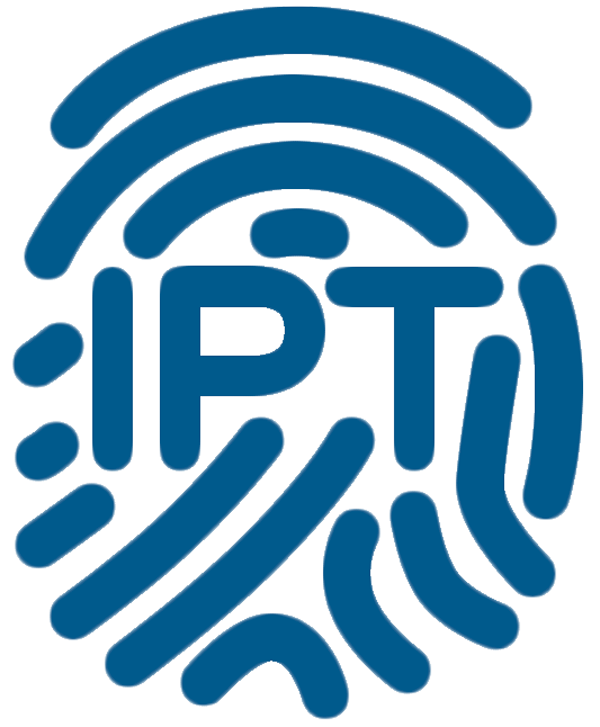From: "Chapter 8; Foreign Terrorist Organizations," Country Reports on Terrorism 2005, US Department of State, April 30, 2006.
a.k.a. Army of Mohammed;
Jaish-i-Mohammed;
Khudamul Islam;
Khuddam-ul-Islam;
Kuddam e Islami;
Mohammed's Army;
Tehrik ul-Furqaan
Description
The Jaish-e-Mohammed is an Islamic extremist group based in Pakistan that was created by Masood Azhar, formerly among the senior leadership of Harakat ul-Ansar, upon his release from prison in India in early 2000. The group's aim is to unite Kashmir with Pakistan, and it has openly declared war against the United States. It is politically aligned with the radical political party Jamiat Ulema-i-Islam's Fazlur Rehman faction (JUI-F). Pakistan outlawed JEM in 2002. By 2003, JEM had splintered into Khuddam ul-Islam (KUI), headed by Azhar, and Jamaat ul-Furqan (JUF), led by Abdul Jabbar, who was released in August 2004 from Pakistani custody after being detained for suspected involvement in the December 2003 assassination attempts against President Pervez Musharraf. Pakistan banned KUA and JUF in November 2003.
Activities
Jaish-e-Mohammed continues to operate openly in parts of Pakistan despite President Musharraf's 2002 ban on its activities. The group is well-funded, and is said to have tens of thousands of followers who support attacks against Indian targets, the Pakistani Government, and sectarian minorities. Since Masood Azhar's 2000 release from Indian custody in exchange for 155 hijacked Indian Airlines hostages, JEM has conducted many fatal terrorist attacks in the area. JEM continues to claim responsibility for several suicide car bombings in Kashmir, including a suicide attack on the Jammu and Kashmir legislative assembly building in Srinagar in October 2001 that killed more than 30. The Indian Government has publicly implicated the JEM, along with Lashkar e-Tayyiba, for the December 2001 attack on the Indian Parliament that killed nine and injured 18. Pakistani authorities suspect that JEM members may have been involved in the 2002 anti-Christian attacks in Islamabad, Murree, and Taxila, which killed two Americans. Pakistan has implicated elements of JEM in the two assassination attempts against President Musharraf in December 2003. In July 2004, Pakistani authorities arrested a JEM member wanted in connection with the 2002 abduction and murder of U.S. journalist reporter Daniel Pearl.
Strength
JEM currently has at least several hundred armed supporters, including a large cadre of former HUM members, located in Pakistan and in India's southern Kashmir and Doda regions and in the Kashmir valley. Supporters are mostly Pakistanis and Kashmiris, but also include Afghans and Arab veterans of the Afghan war. The group uses light and heavy machine guns, assault rifles, mortars, improvised explosive devices, and rocket-propelled grenades.
Location/Area of Operation
Pakistan and Kashmir. The JEM maintained training camps in Afghanistan until the autumn of 2001.
External Aid
Most of the JEM's cadre and material resources have been drawn from the Pakistani militant groups Harakat ul-Jihad-i-Islami (HUJI) and the Harakat ul-Mujahedin (HUM). The JEM had close ties to Afghan Arabs, the Taliban, and other Sunni extremist groups in Pakistan such as Lashkar e-Tayyiba, Lashkar-i-Jhangvi, and Sipahi-e-Sahaba Pakistan. Usama bin Ladin is suspected of giving funding to the JEM, which also collects funds through donation requests in magazines and pamphlets. In anticipation of asset seizures by the Pakistani Government, JEM withdrew funds from bank accounts and invested in legal businesses, such as commodity trading, real estate, and production of consumer goods.
